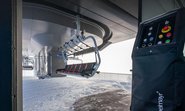Over hill and dale, on steep precipices and by helicopter, they’re on the move all over Austria – the volunteers of the Mountain Rescue Service. If there’s an accident in the mountains, they’re on hand to provide the necessary first aid and rescue injured people in areas that are difficult to access. But what are the tasks of the Mountain Rescue Service exactly? What happens during a mission? And what faces and stories lie behind the Carinthian rescue team?
Head of the local rescue base, Robert Schleiner, gives us an exciting insight into the work of the Radenthein-Nockberge Mountain Rescue Team.
The Radenthein-Nockberge local rescue base.
The local rescue base of the Radenthein-Nockberge Mountain Rescue Service was established in 1951. The active rescue team currently includes 37 mountain rescuers, 3 of which are women. They are responsible for the 320 km² area extending from the Turracherhöhe over parts of the Nockberge National Park to Lake Millstatt. This includes the municipalities of Radenthein, Bad Kleinkirchheim, Ebene Reichenau, Gnesau, Feld am See, Afritz am See, Millstatt and Krems in Carinthia.
A job that comes with great responsibility.
The main job of Mountain Rescue Service is to help, rescue and provide medical care to people who have had accidents, are missing or in distress in inaccessible terrain, especially alpine areas. Whether you’ve got into trouble yourself, through recklessness or an accident is irrelevant. On top of these tasks, the Mountain Rescue Service actively works to raise awareness of the issue of safety on the mountain and to prevent accidents
Most of the time, mountain rescue missions are individual incidents. But we also depend on the team’s help when it comes to disaster control, for example in the event of severe storms or avalanches. The Carinthian Mountain Rescue Service was also responsible for safety on and off the slopes during the Alpine Ski World Cup races in the skiing area Bad Kleinkirchheim.
On standby: 365 days a year.
Whether at night, in the pouring rain or when it’s snowing – the volunteers are always on alert to provide help quickly and efficiently. And do so voluntarily and without pay – on top of their jobs, free time and family lives.
This year, the Radenthein-Nockberge local rescue base has completed 12 missions to date. Each year, the team averages approx. 500 hours of volunteer work. These missions mainly include rescues on via ferratas, operations on mountain bike and hiking trails, as well as forestry and traffic accidents.
How does a rescue mission work?
If there’s an accident on the mountain or someone makes an emergency call to the rescue control centre or the LAWZ (state alarm and warning station), those responsible at the control centre inform the emergency team via the so-called blue light text message app. Most of the time, 8 to 15 mountain rescuers are available for immediate deployment.
For each mission, there is an incident leader who obtains more detailed information about the incident, assesses any objective dangers to the team, and organises how the operation should run. They also decide whether a helicopter, emergency doctor or rescue service is needed.
Of course, the equipment required also changes depending on the season and weather conditions – from (alpine) ski touring to climbing equipment, from avalanche gear to thermal blankets. Complete with equipment, the team then sets off in the 9-seater VW-Transporter in the direction of the rescue site. The team usually has to travel on foot to get close to the actual site of the accident.
The Mountain Rescue Service working together with the cable car team.
Cooperation between the Bad Kleinkirchheimer Bergbahnen and the Mountain Rescue Service has been running smoothly for decades – in summer and winter alike. This is how we work together to gear up for emergencies:
- To be prepared for any situation that might come up, the Mountain Rescue Service regularly carries out internal operational exercises with its members. The Bad Kleinkirchheimer Bergbahnen transport them to the appropriate practice area on the mountain.
- In the event of accidents on the Flow Country Trail, the cable car team and Mountain Rescue Service come together to form a super team, providing help and first aid to injured people as quickly as possible..
- Joint emergency trainings on the cableway are also a regular part of the programme.
- If there’s an avalanche in the Nockberge mountains, the cable car team are a reliable partner to the Mountain Rescue Service.
- For skiing or ski touring accidents in inaccessible terrain near the skiing area, the mountain rescue and piste rescue team work hand in hand to provide rapid assistance to injured people.
It’s the emergency call control centres in Carinthia that always alert the Mountain Rescue Service about incidents in the area covered by the Bad Kleinkirchheimer Bergbahnen.
The next generation of the Mountain Rescue Team.
Like many other associations, the Carinthian Mountain Rescue Service is always in need of qualified junior staff. If young mountaineers are interested in volunteering for the Austrian Mountain Rescue Service, they can contact their local rescue base directly. You first have to meet some admission criteria before being accepted. These include:
- Minimum age: 18 years old, may also be younger for youth work
- Completed and passed a 16-hour first-aid course
- Skiing ability: Can ski downhill safely and quickly while carrying touring gear
- Technical climbing skills: Up to difficulty grade 3 as well as possessing knowledge of knots, types of ropes, belaying and climbing techniques
- Experience in alpine climbing: Can be verified by submitting tour reports
- Experience in high alpine and glacier terrain
After passing a qualifying exam set by a panel, a 5-week basic training course must also be completed. From reading GPS data to safely navigating rocky and icy terrain, this training course teaches all the basics of searching for, rescuing and providing first aid to people in distress. More information is available from the Carinthian Mountain Rescue Service.
6 tips for preventing accidents.
Accidents in the mountains are often caused by carelessness or reckless behaviour. To avoid this happening to you, you should follow these tips from Mountain Rescue Service when planning your next trip:
- Plan your tour. Do you know the destination of your tour before heading out? Or should you study guidebooks, reports, topographic maps and route details again in advance?
- Don’t overestimate your abilities. Does the climbing, hiking, biking or skiing route suit your fitness level and ability? If in doubt, it’s wiser to take an easier route.
- Keep an eye on the time. Look up the sunrise/sunset times beforehand, including when twilight sets in. Remember to plan breaks and safety cushions into your schedule.
- Check the weather. Don’t forget to check the latest local weather forecast, webcams and thunderstorm warnings (especially for via ferratas) in advance.
- Strength in numbers. Basically, you should never be out in the mountains on your own. Make
sure you’re considerate of the weakest person in the group too. - The right equipment. Be sure to wear weather-appropriate clothing and take the necessary equipment with you. Remember your first aid kit too.
Note: If an accident happens in the Bad Kleinkirchheim skiing area during opening hours, please contact the piste rescue team directly. This will immediately set the necessary rescue chain in motion. By the way, you can check out our blog post “Our piste rescue team” to get exciting insights into the work of the piste rescue team at Bad Kleinkirchheimer Bergbahnen.
Work with depth.
Time and again, the Mountain Rescue Service hears about special moments and emotional stories from the people they have rescued and cared for. They once rescued a couple from an alpine emergency near the summit of Falkert (2,308 m). And one year later the pair said “I do” at this very location. A nice goosebump moment for the whole team.

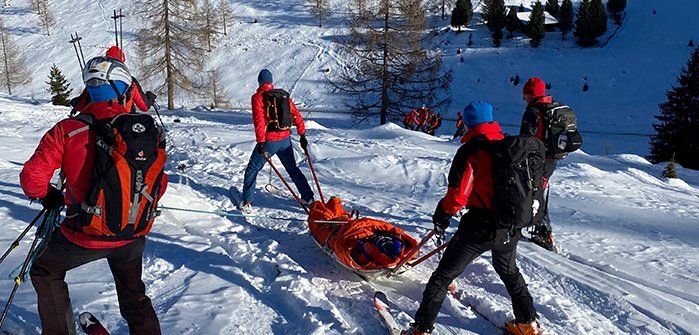
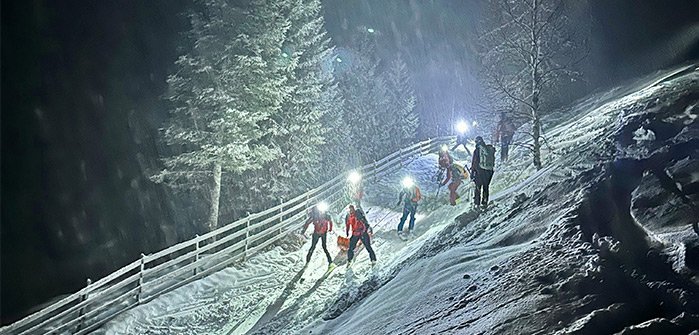
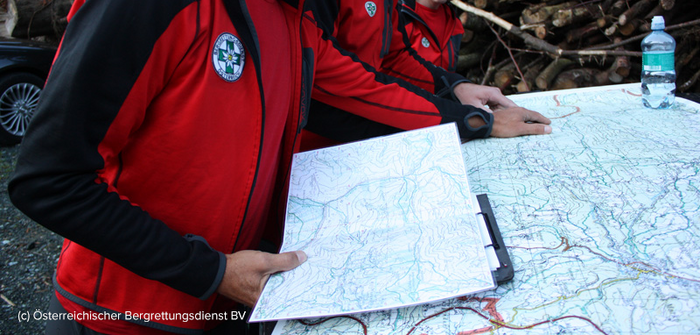
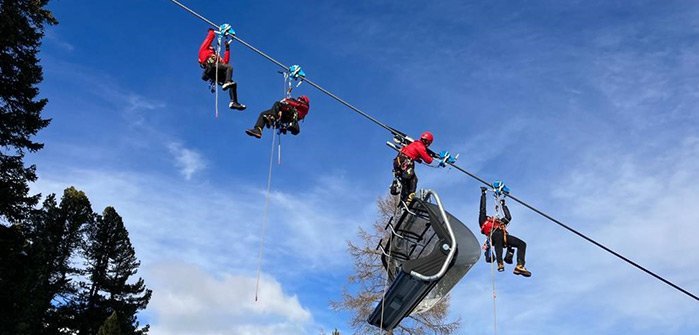
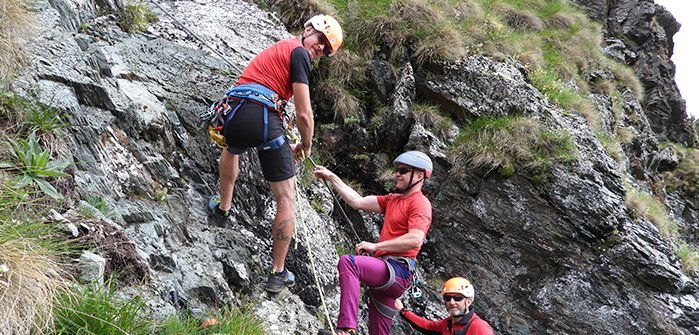
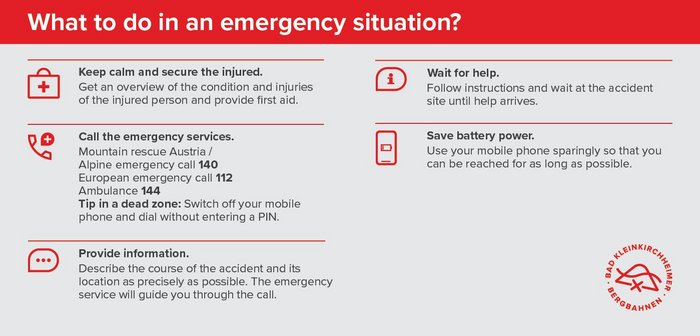
![[Translate to en:] [Translate to en:]](/fileadmin/_processed_/4/b/csm_Blog_Pistenretter_Titelbild1_8abaed58e0.jpg)
